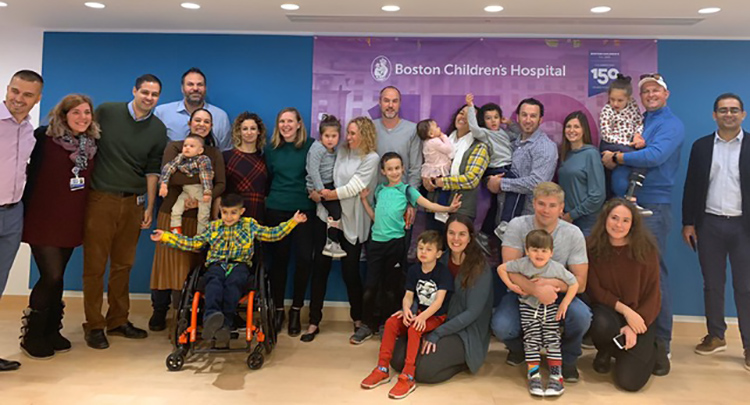News & Events
Center News

Research Update from the Fifth Annual CureAP4 Family Meeting
Drug Screening: Compounds have been identified that are functionally restorative in vitro
Due to the loss-of-function of any of the AP-4 subunit genes (AP4B1, AP4E1, AP4M1, or AP4S1), a protein known as ATG9A, with an imperative role in autophagy (recycling of macromolecules so that cells stay healthy) is unable to be transported to where it needs to go in order to do its job. This dysfunction is implicated as being the leading cause of AP-4-HSP’s degenerative properties.
Dr. Darius Ebrahimi-Fakhari and his team out of the Rosamund Stone Zander Translational Neuroscience Center at Boston Children’s Hospital have identified a set of small molecules that lead to redistribution of ATG9A in patient cells, including skin cells and cultured neurons. They are now testing these compounds in several assays to determine the mechanism of action and to optimize these compounds before moving into testing in a zebrafish model and, eventually, in mice.
International AP-4-HSP Longitudinal Natural History Study
Dr. Darius Ebrahimi-Fakhari continues to monitor the effect and spectrum of this disorder and its progression as patients age. Globally, there are now 239 AP-4-HSP patients registered. His work is helping to inform much about this disorder, including new discoveries in a common diagnostic imaging signature in the brain, as well as what comes as a great relief to us parents: AP-4-HSP is a disorder of myelination rather than a progressive demyelinating disorder. Physically, our children may experience regression in motor skills but mentally, cognitively, they may not be as adversely impacted.


